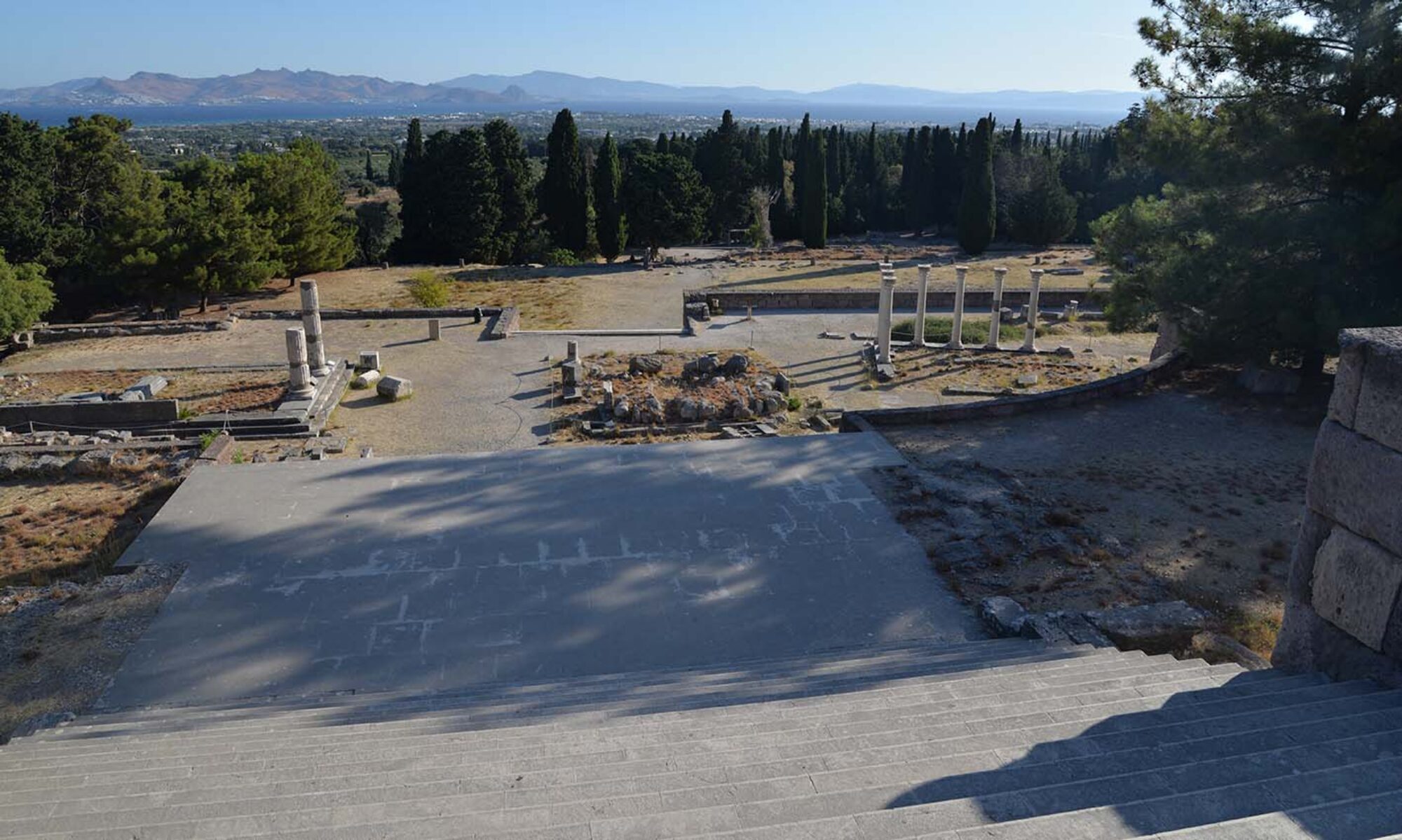We just had the honor of kicking off the brand new ‘Radboud Ancient and Medieval (RAM) Lecture Series‘ at the Radboud University in Nijmegen, at the invitation of Dr Marleen Termeer. This is an exciting new series of lectures that highlights new and interdisciplinary approaches in studies of the pre-modern world. Especially good to note is the broad audience, ranging from BA students to established scholars (as well as my artist husband and engineer dad on this occasion). Altogether this colorful mix produced a lively and fruitful discussion, which continued over dinner in an Afghan restaurant.

Our presentation focused on the angle of deep-mapping as an approach towards integrating a wide variety of data, differing in quality and resolution, as a means of understanding the gravity of place in attracting levels of meaning across different scales, and how the Asklepieion in Pergamon is ideally suited to this approach.
We got some very good questions, mostly centered on the data, such as how secure are the locations and how heavily will our interpretations rely on our spatial location? We are indeed considering ways of making the ‘fuzziness’ of data visible. Another question was raised about using a relational database; this is what we want but to start with we first need to come to terms with the different kinds and qualities of the data we are dealing with, before structuring it too heavily. An interesting comment concerned any sources that we might have for sensory data, and will we incorporate that? There is not a lot of textual evidence, but we know of some cures that were very painful (moaning), also the surrounding presence of water, flora and fauna, sacrificial smoke, and of course the latrines. Another question concerned post-antique or the Christian Asklepieion. Habicht (IvP III, pp.19-20) noted a small Christian and Byzantine settlement on the site, and suggests that the rivalry between the healing powers of Christ and the cult of Christianity, as noted by Origen against Celsus in the third century AD, may well have its origins in the Pergamene Asklepieion, world renown in that era.
These are just a few of the questions that give us food for thought. In return, Alexandra invited the audience to participate in our next research focus, which will examine the coinage, giving them the option of selecting which period we will analyze first.
You can also help us out here, by scanning the QR code (no worries about Bitcoins here!), and voting for the period that you think would be most interesting to learn about first. We will then create a story map for this period, and will keep you posted if you like!
Select the era of your preference from:

- Late Classical
- Pre- Attalid
- Attalid
- Early Roman
- Early Imperial
- High Imperial
- Third Century
- Late Antique
- Byzantine
- Ottoman
Looking forward to your votes!
